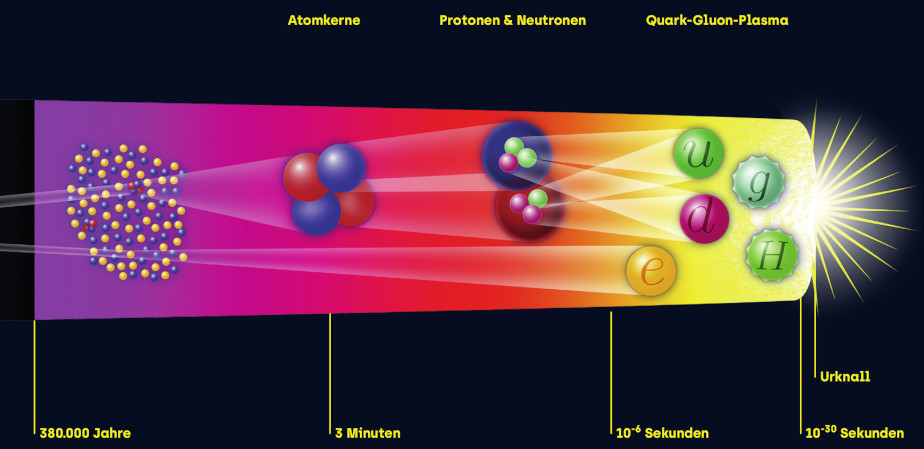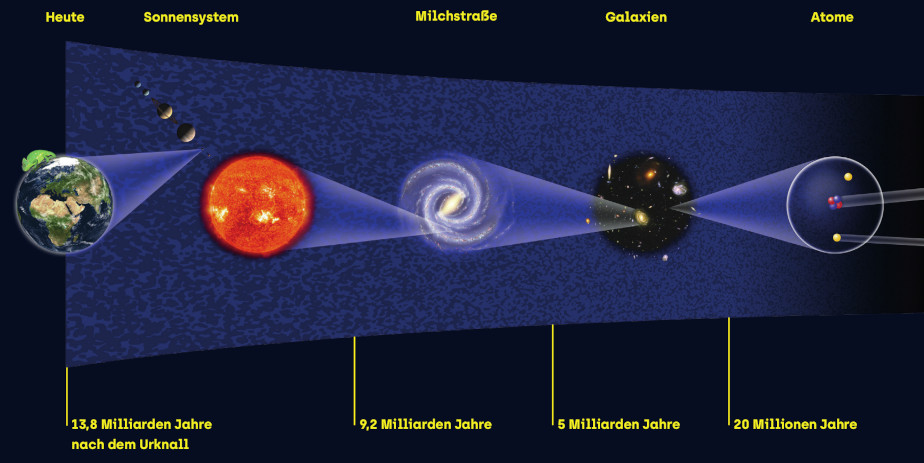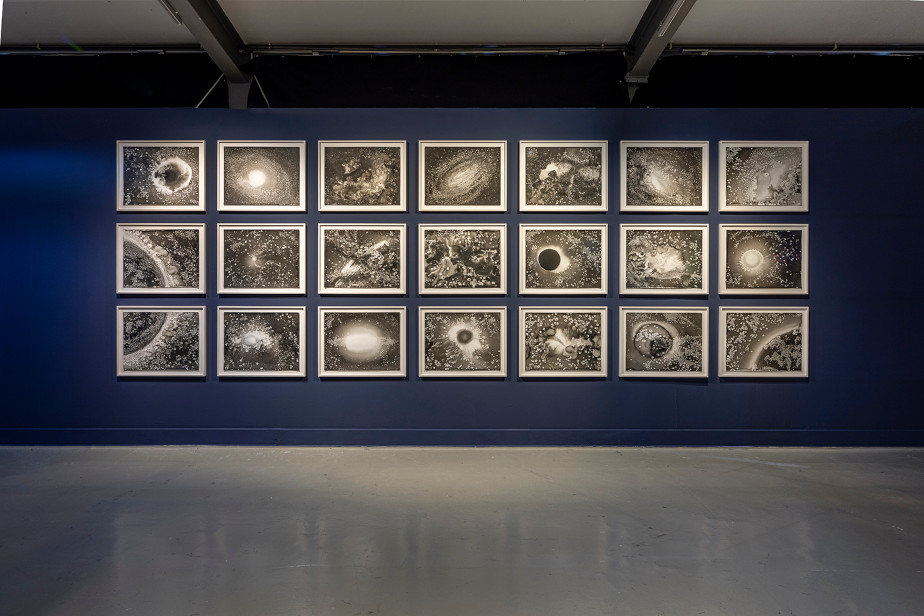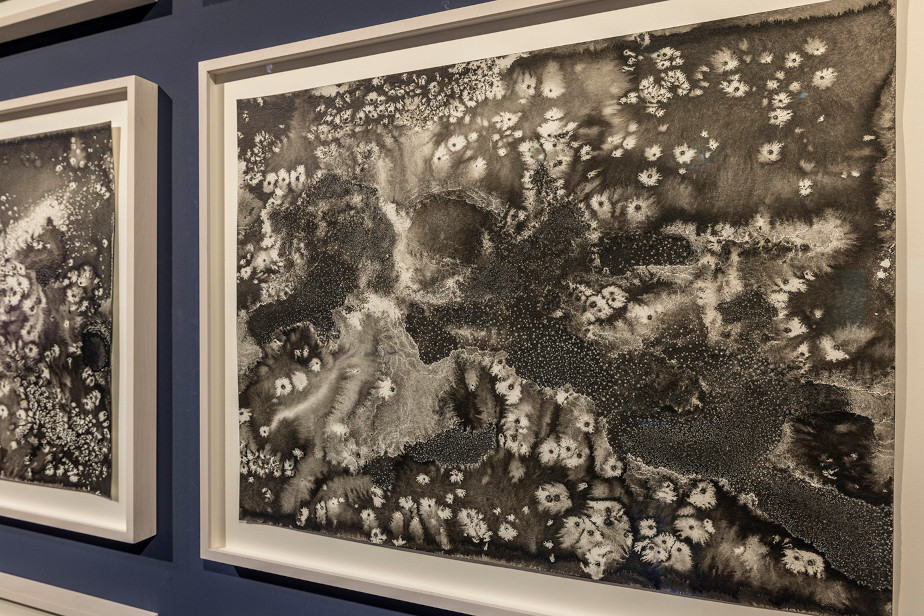Introduction
About galaxies, quarks and collisions
“The beginning of everything” invites visitors to take a journey back in time to the formation of the universe 13.8 billion years ago – the Big Bang. It addresses questions which have puzzled humans for centuries and challenge our power of imagination.
Starting from Earth and travelling through our solar system, the journey takes us through far-away galaxies to the edge of our visible universe. Hidden from our view are the first 380,000 years after the Big Bang. Within the first 100 seconds, all the building blocks and physical laws fundamental to the existence of our universe were formed. Scientists are still working today to understand the processes behind how our universe was formed. Many questions can already be answered by scientists – many of them here in Hamburg! –, others still elude all attempts at explanation. But we are on it – come with us on a research adventure.
what we ask ourselves
Where did the Big Bang happen?
How loud was the Big Bang?
What is “nothing”?
How old is the universe?
What is “time”?
Since when does time exist?
Does the universe have a beginning and an end?
Is the universe the same age everywhere?
Is there anything faster than light?
What is our universe made of?
How many stars are there in the universe?
Is there any order in the universe?
What are gravitational waves?
What is matter made of?
Which forces exist in the universe?
What does a Higgs boson look like?
Is there more than one kind of Higgs boson?
How big is the universe?
Is there anything beyond our universe?
Where is the universe expanding to?
How did life start on Earth?
Are we alone in the universe?
What existed before the Big Bang?
"The beginning of everything" – about this exhibition
This exhibition started in Vienna in 2016. It was shown from 16 October 2016 to 20 August 2017 at the Natural History Museum (NHM) and struck a chord with the public with its impressive images and exhibits, the casually narrated science and the interspersed science-inspired artworks. Some 500,000 visitors came to learn more about quarks, galaxies and collisions. The exhibition is a collaboration between the NHM Vienna and the Institute for High Energy Physics (HEPHY) of the Austrian Academy of Sciences.
The researchers from Austria are working closely with colleagues from all over the world, including from the Universität Hamburg and the research centre DESY. They were so impressed with the exhibition that they were able to persuade HEPHY and NHM give permission for the exhibition to be shown in Hamburg as well. With the Museum der Arbeit, they managed to secure a fantastic exhibition venue for it as well.
Following the Viennese example, art plays a major role in this exhibition. Five artists who knew DESY from a previous collaboration in the project "Art meets Science: Dark Matter" exhibit their works. And don’t worry if you find yourself wondering whether you are looking at science or at art – that is fully intentional ...
Since researchers in Hamburg are also working on the big questions of humanity, we have added a few local focal points to the Vienna exhibition: What are they working on here, what's in it for me, what comes next? Please feel free also to ask the scientists who are guiding you through the exhibition. They will be only too happy to explain what makes their research so fascinating.
We wish you lots of fun, inspiration and many new insights!
Out into the cosmos – back into the past
Our universe is 13.8 billion years old. The exhibition takes you from the here and now out into the vastness of the universe and back to the past. Each step brings you a little closer to the beginning of everything – the Big Bang.
The finiteness of the speed of light: It takes light a scant second to travel from the moon to us, some eight minutes from the sun, over four years from the nearest star and more than 2,500,000 years from the Andromeda galaxy, because the galaxy is 2,500,000 light years away from Earth. So when the light reaches us from there, it is 2,500,000 years old and so we see the Andromeda Galaxy as it "used to be". Light from distant galaxies shows us what the universe looked like and was like in the past. We are looking back in time.
teaching material "powers of ten"
Here is an interesting article by Science in School. In three rather simple activities you can teach your students (10 years and up) about what we do as physicists in research.Ammonite
The Jurassic rock nodule contains imprints and even shell remains of ammonites, relatives of today's squids, which lived about 190 million years ago. The animals swam in the sea in the area of today's Scandinavia under presumably subtropical conditions. During a glaciation phase, they were transported - long since fossilized - millions of years later by a glacier as glacial debris to northern Germany.
Fossil plant
It was not until about 450 million years ago that the first land plants developed, and it took another nearly 100 million years for the earliest forests to develop. These were still dominated by spore plants 350 million years ago, for example meter-high ferns, horsetails and lycopods. The spread of these plants, in connection with sea level fluctuations, enabled the formation of hard coal, but also caused global glaciation.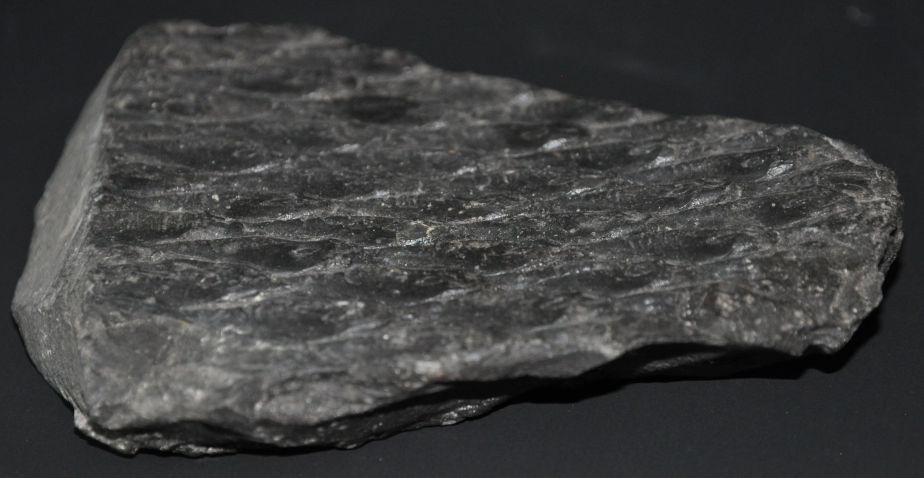
Fossil tooth
In the Upper Cretaceous, between about 100 and 66 million years before today, a warm greenhouse climate prevailed worldwide. Due to the high sea levels of the time, many continents were largely submerged by shallow seas, and Europe resembled present-day Indonesia. Many reptiles evolved into marine animals, including a group related to the monitor lizards, the mosasaurs. They grew to about 10 meters long and were dangerous prey hunters.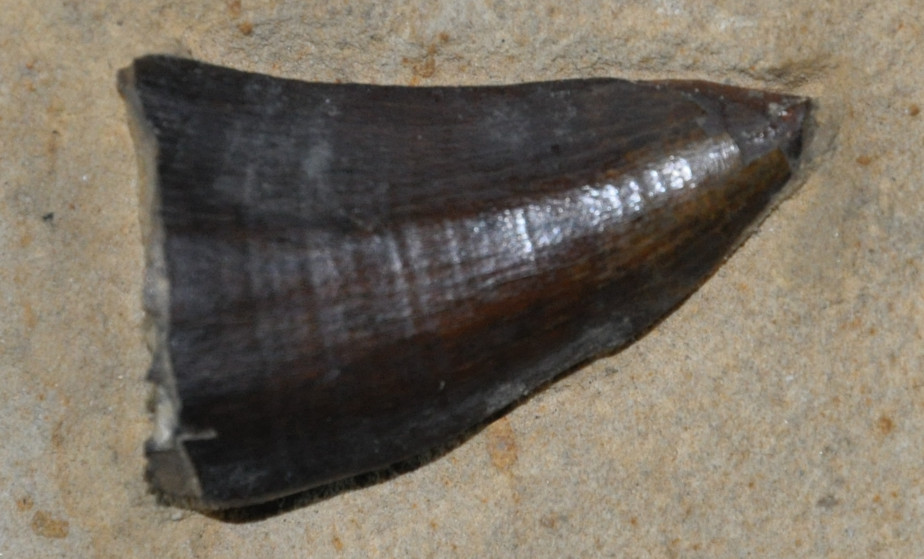
Iron meteorite
The meteorite entered the Earth's atmosphere in the Pleistocene about 50,000 years ago, breaking into several fragments. Their impact created the well-known Barringer crater, 1.2 km in size. Its origin could have to do with the melting of asteroids when they were heated by collisions with other asteroids. This meteorite is about 4,560,000,000 years old and comes from the asteroid belt between Mars and Jupiter, 480,000,000 to 630,000,000 km from Earth.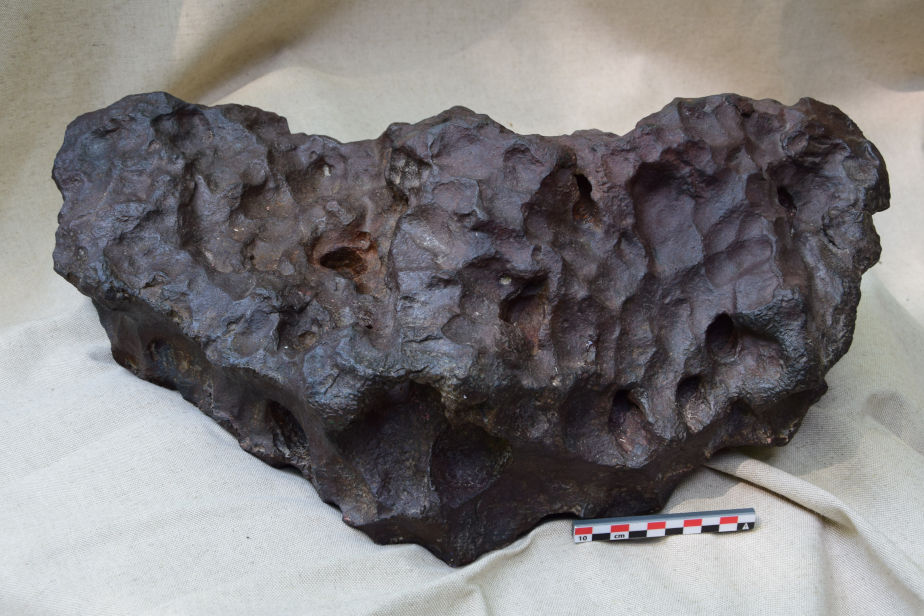
Julia Münstermann
Entropy (2020–2022)
As a physical measure, entropy refers to the disorder that is progressively increasing in the universe. This is countered by the force of gravity, which brings forth entities such as galaxies, solar systems, and planets. In her series, Entropy, Julia Münstermann employs the opposing principles of order and disorder, structure and chaos to create pictorial compositions. Recalling black-and-white images captured by powerful space telescopes, this group of process-based ink works evokes interstellar nebulae, black holes, stellar clusters, and other cosmic phenomena: views into the depths of outer space, which appears in ever-changing configurations. The artist, who is active in the expansive field of painting and is concerned with scientific research and the visualization of the intangible, conflates intention and coincidence here in an aesthetic experiment. In her cosmic pictorial spaces, liquid ink collides with salt crystals, whose solvation energy generates unpredictable galactic structures. Thus, in the pictorial space, the emergence of formations in outer space is replayed, which spring forth from the confrontation between order and chaos.

